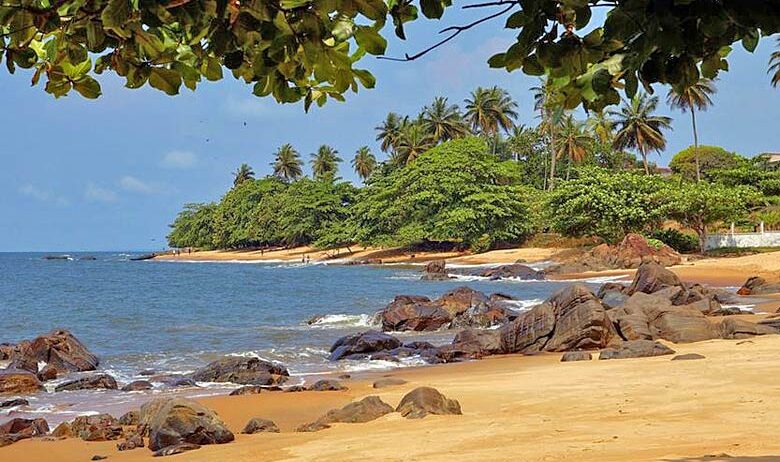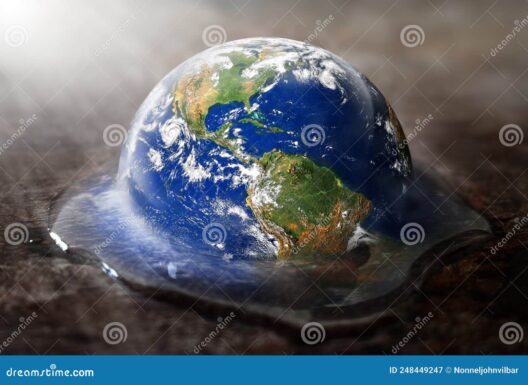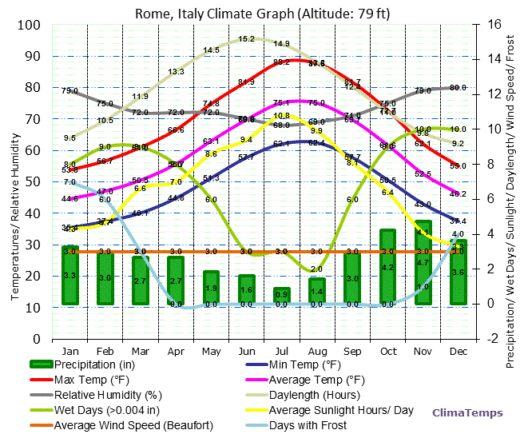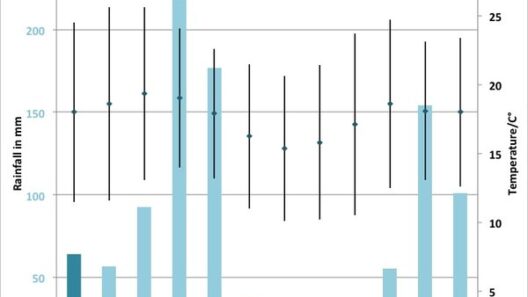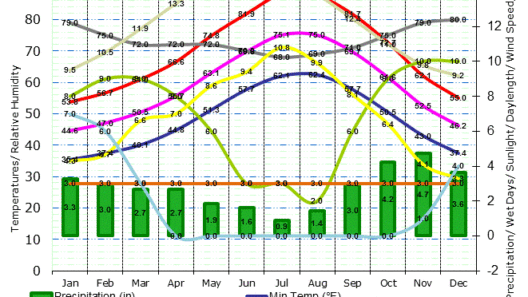Peru, a country that emerges like an intricate tapestry, weaves its climatic narrative across three distinct landscapes: the towering Andes Mountains, the verdant Amazon jungle, and the arid coastal desert. Each region presents a unique climatic palette, rich in hues and textures, that contribute to the country’s identity, culture, and biodiversity.
The Andes Mountains, a geological backbone traversing the heart of Peru, embody a climate that is as diverse as the elevations they command. At sea level, one might behold a balmy embrace, yet as one ascends, the air morphs into a crisp, almost ethereal quality. Here, temperature fluctuations are a constant companion; during the day, the sun radiates warmth, inducing the earth to breathe a sigh of contentment. However, as twilight descends, the chill can pierce through layers of clothing with a ferocity that underscores the mountain’s formidable nature.
Moreover, the Andes oscillate between wet and dry seasons. From November to April, the wet season unfurls like a lush green quilt, nourishing the soil and fostering the growth of diverse flora and fauna. Torrential rains dominate the afternoons, bestowing upon the highlands an audacious vibrancy. The indigenous agricultural practices flourish during this period, reminding observers of a profound relationship between people and the earth. In contrast, the dry season, stretching from May to October, pivotally transforms the landscape. The mountains, usually clad in greenery, retreat into a palette of yellows and browns, perhaps a seasonal hibernation before the cycle recommences.
The allure of the Andes is further heightened by microclimates that arise within its embrace. Valleys bask in warmer weather, while high-altitude zones like Cusco present a challenging yet picturesque environment for adventurous souls. Each microclimate encapsulates its own story, creating an intricate interplay between altitude and species, engendering an ecosystem so unique that it has been dubbed a “biological hotspot.”
Transitioning from the rugged embrace of the Andes, one encounters the Amazon rainforest, a celestial realm that pulsates with life. The climate here can be likened to a humid embrace, where rain is not merely a weather phenomenon but a symphony that orchestrates the cycles of life. The Amazon boasts an equatorial climate marked by consistent warmth and heavy precipitation, where temperatures hover around 77°F (25°C) year-round, accompanied by around 100 inches of rainfall annually.
This unrelenting humidity is the lifeblood of the jungle, sustaining a vast biosphere teeming with diversity. In this emerald expanse, one can find plants and animals endemic to this region; the cacophony of sounds—chirping, chattering, and rustling—serves as a constant reminder of nature’s fundamental relationships. Yet, this climate is not merely a backdrop; it shapes the very fabric of life here. The perpetual moisture fosters growth, allowing lianas and vines to creep skyward to seek precious sunlight, burrowing beneath the thick foliage is a myriad of species, from dazzling butterflies to elusive jaguars.
The Amazon also experiences a less pronounced wet and dry season. During the dry months, which generally occur from June to August, the rainforest may momentarily breathe easier, allowing for glimpses of the forest floor, otherwise hidden beneath an ocean of greenery. However, this respite does not herald the demise of fauna; rather, it serves as an adaptive strategy, further enriching the ecological tapestry.
Turning our attention to yet another climatic facet of Peru, the coastal desert exhibits an entirely different character. The Peruvian coast, extending along the Pacific Ocean, exhibits a hyper-arid climate, characterized by mild temperatures and minimal rainfall, reminiscent of a stoic guardian standing sentinel against the ocean’s roar. The environment here is marked by a stark beauty; the barrenness contrasts sharply with the lushness found inland. The coastal desert system thrives in symbiosis with the cold Humboldt current, which tempers temperatures, ensuring that extremes are few.
The annual precipitation in this region is scarce, often under 1 inch, leading to a landscape where the desert sands kiss the ocean waves. The coastal cities, including Lima, enjoy a mild climate tempered by fog known as “garúa,” offering a unique atmospheric quality often likened to an everlasting twilight. The desert’s allure lies in its rugged terrain, where sand dunes rise like ancient palaces, and the arid air paints the sky in hues of burnt orange as the sun retreats.
Moreover, this desert climate supports a peculiar assortment of flora and fauna that are astonishingly well-adapted to survive in extreme conditions. Cacti rise like stalwart sentinels amidst the sandy vastness, while the resplendent blooms of succulents serve as vibrant reminders of life’s persistence. Each ecological variant tells a story of resilience and adaptation, demonstrating nature’s propensity to flourish within constraints.
Upon juxtaposing these climatic realms, one may be struck by the intricate pulse of Peru’s environment: the fierce mountains, the luxuriant jungle, and the austere desert each serve as a testament to the diversity of life and the intricate tapestry that connects them. Not only do these regions display unique weather patterns, but they also underscore the importance of sustainable practices, especially in light of the challenges posed by climate change.
Understanding the climate of Peru is to appreciate the delicate balance between preservation and progress. Each region bears the scars and wisdom of climatic evolution, urging us to heed the lessons inherent within their landscapes. The story of Peru is a vibrant reminder of the necessity for environmental stewardship, a call to action for those who seek to engage with the mesmerizing complexity of our planet.



